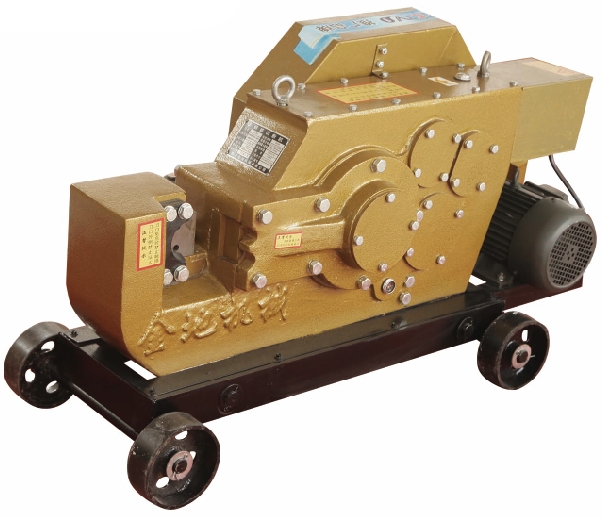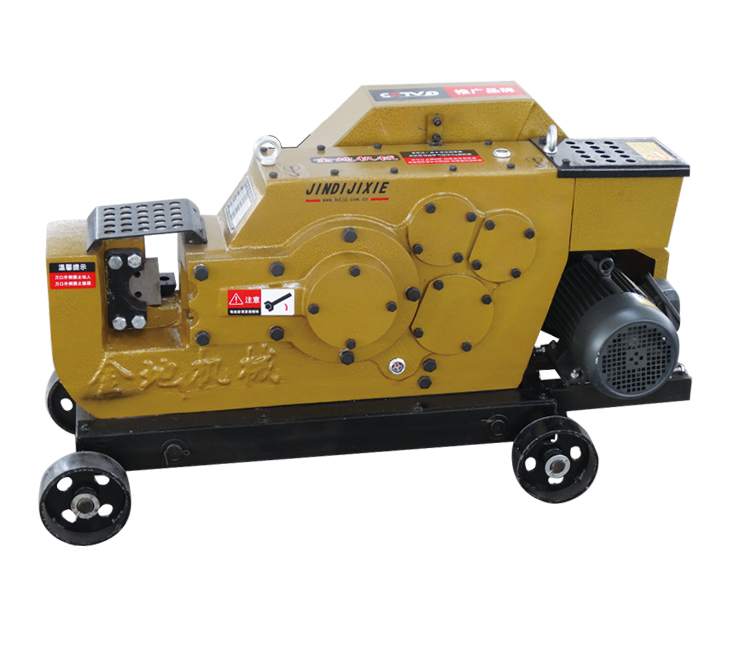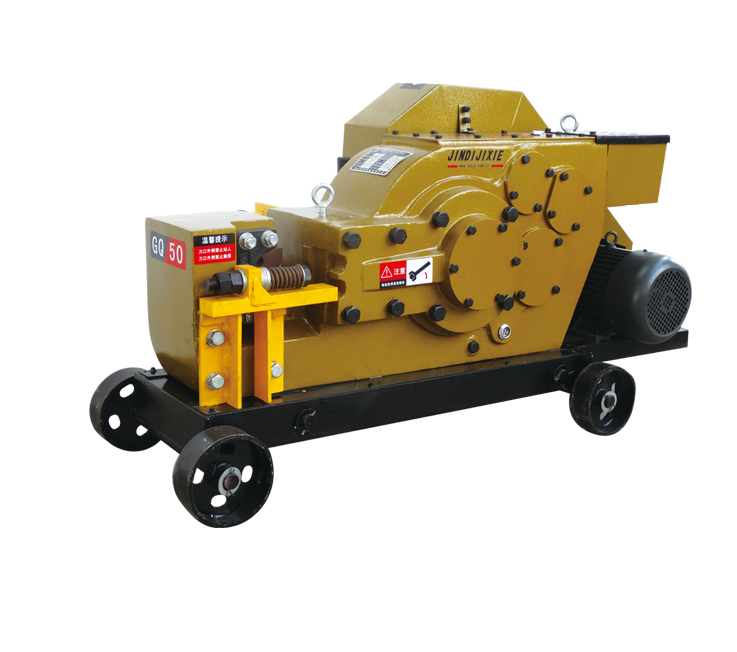Classified by function and purpose (1) Shut-off valve: The shut-off valve, also known as the closed-circuit valve, is used to switch on or off the medium in the pipeline. Cut-off valves include gate valves, globe valves, plug valves, ball valves, butterfly valves, and diaphragms. (2) Check valve: Check valve, also known as check valve or check valve, is used to prevent backflow of media in the pipeline. The bottom valve of the water pump suction is also a check valve. (3) Safety valve: The function of the safety valve is to prevent the pressure of the medium in the pipeline or device from exceeding the specified value, so as to achieve the purpose of safety protection. (4) Regulating valve: The regulating valve includes a regulating valve, a throttle valve and a pressure reducing valve, and its function is to adjust parameters such as pressure and flow of the medium. (5) Diverter valve: The diverter valve type includes various distribution valves and traps, etc., which function to distribute, separate or mix the medium in the pipeline. (6) Exhaust valve: Exhaust valve is an indispensable auxiliary component in the pipeline system, widely used in boilers, air conditioners, oil and gas, water supply and drainage pipelines. It is often installed at the commanding heights or elbows to eliminate excess gas in the pipeline, improve the efficiency of the road use and reduce energy consumption. Classified by nominal pressure (1) Vacuum valve: refers to a valve whose working pressure is lower than the standard atmospheric pressure. (2) low pressure valve: refers to the nominal pressure PN ≤1.6Mpa valve. In (3) pressure valve: the valve means, PN is the 2.5,4.0,6.4Mpa. (4) high-pressure valve: said means working pressure PN is 10 ~ 80Mpa valve. (5) Ultra-high pressure valve: refers to the valve with nominal pressure PN≥100Mpa. Classified by operating temperature (1) Ultra-low temperature valve: for valves with medium working temperature t<-100°C. (2) Cryogenic valve: for valves with medium working temperature -100 °C ≤ t ≤ -40 °C. (3) Normal temperature valve: used for valves with medium working temperature -40 °C ≤ t ≤ 120 °C. (4) Medium temperature valve: for medium working temperature 120 ° C (5) High temperature valve: for valves with medium working temperature t>450°C. Classified by drive (1) An automatic valve is a valve that does not require external force to drive, but relies on the energy of the medium itself to actuate the valve. Such as safety valves, pressure reducing valves, traps, check valves, automatic regulating valves, etc. (2) Power-driven valves: Power-driven valves can be driven by various power sources. Electric valve: With an electric drive valve. Pneumatic valve: A valve driven by compressed air. Hydraulic valve: A valve that is driven by a liquid pressure such as oil. In addition, there are combinations of the above several driving methods, such as gas-electric valves. (3) Manual valve: The manual valve uses manpower to manipulate the valve action by means of the hand wheel, handle, lever and sprocket. When the valve opening and closing torque is large, the wheel or worm gear reducer can be arranged between the hand wheel and the valve stem. If necessary, you can also use the universal joint and the drive shaft for remote operation. Classified by nominal diameter (1) Small-diameter valve: a valve with a nominal diameter of DN ≤ 40mm. (2) Medium diameter valve: a valve with a nominal diameter DN of 50 to 300 mm. (3) Large-diameter valve: The valve with nominal valve DN is 350-1200mm. (4) Extra large diameter valve: valve with nominal diameter DN ≥ 1400mm. Structural feature classification (1) The gate valve: the opening and closing member (valve) is driven by the valve stem to move up and down along the center line of the valve seat; (2) Plug valve: the opening and closing member (gate valve) is driven by the valve stem to move up and down along the center line perpendicular to the valve seat; (3) Plug valve: the opening and closing member (cone plug or ball) rotates around its own center line; (4) Swing valve: the opening and closing member (valve) rotates around the shaft outside the seat; (5) butterfly valve: the opening and closing member (disc) rotates around a fixed shaft in the valve seat; (6) Spool valve: The opening and closing member slides in a direction perpendicular to the passage. Classified by connection method (1) Threaded connection valve: The valve body has internal or external thread and is threadedly connected to the pipe. (2) Flange connection valve: The valve body is flanged and connected to the pipe flange. (3) Welded connection valve: The valve body has a welding groove and is welded to the pipe. (4) Clamp connection valve: The valve body has a clamping mouth and is connected with the pipe clamp. (5) ferrule connection valve: connected with the pipe with a ferrule. (6) Matching the connecting valve: a connection form in which the valve and the two pipes are directly clamped together by bolts. Classified by valve body material (1) Metal material valve: The valve body and other parts are made of metal material. Such as cast iron valves, carbon steel valves, alloy steel valves, copper alloy valves, aluminum alloy valves, lead alloy valves, titanium alloy valves, Monel alloy valves. (2) Non-metallic material valves: parts such as valve bodies are made of non-metallic materials. Such as plastic valves, ceramic valves, sputum valves, glass steel valves and so on. (3) Metal valve body lining valve: The shape of the valve body is metal, and the main surfaces in contact with the medium are lining, such as rubber-lined valve, plastic-lined valve, and ceramic-lined valve. Valve type arrangement The valve type should normally indicate the valve type, drive type, connection type, structural characteristics, sealing surface material, valve body material and nominal pressure. The standardization of valve models provides convenience for the design, selection and sale of valves. With the increasing number and types of valves available today, the valve design is becoming more complex. Although China has a unified standard for valve model preparation, it is increasingly unable to adapt to the needs of the valve industry development. At present, valve manufacturers generally adopt a unified numbering method; where a uniform numbering method cannot be used, each manufacturer has a numbering method according to its own needs. "Valve Model Preparation Method": Applicable to gate valves, throttle valves, ball valves, butterfly valves, diaphragm valves, plunger valves, plug valves, check valves, safety valves, pressure reducing valves, steam traps for industrial pipelines. It includes the type design of the valve and the naming of the valve. Valves are used in a wide variety of applications and in a variety of classification methods. The total can be divided into two categories: The first type of automatic valve: a valve that acts on its own depending on the ability of the medium (liquid, gas) itself. Such as check valves, safety valves, regulating valves, traps, pressure reducing valves, etc. The second type of drive valve: the valve operated by manual, electric, hydraulic, pneumatic. Such as gate valves, globe valves, throttle valves, butterfly valves, ball valves, plug valves, etc. There are several ways to classify valves: According to the structural characteristics and the direction in which the valve seat moves 1. Truncated: The closure moves along the center of the seat. 2. Gate shape: The closing member moves along the center of the vertical seat. 3. Plug and Sphere: The closure is a plunger or ball that rotates around its centerline. 4. Swirling; the closure rotates about the axis outside the seat. 5. Disc shape: The disc of the closing piece rotates around the axis inside the seat. 6. Spool shape: The closing member slides in the direction perpendicular to the channel. By structure type Plug valves, gate valves, globe valves, ball valves - media flow for opening or closing pipes. Check valve (including bottom valve) - used to automatically prevent backflow of media in the pipe. Throttle valve - used to regulate the flow of pipe media. Butterfly Valve - Used to open or close the media inside the pipe. Can also be used for adjustment. Safety valve - used in boilers, container equipment and pipelines. When the medium pressure exceeds the specified value, the excess medium pressure can be automatically eliminated to ensure safe operation. Pressure Reducing Valve - Used to automatically reduce media pressure in pipes and equipment. When the medium passes through the gap of the valve flap, resistance is generated to cause pressure loss, and the purpose of decompression is achieved. Hydrophobic - Automatically removes condensate from steam lines to prevent steam loss or leakage. According to the different uses of the valve 1. Breaking: Used to turn on or off the pipeline medium, such as shut-off valve, gate valve, ball valve, butterfly valve, etc. 2. Non-return: Used to prevent backflow of media, such as check valves. 3. Adjustment: used to adjust the pressure and flow of the medium, such as regulating valve and pressure reducing valve. 4. Distribution: used to change the medium flow direction, distribution medium, such as three-way cock, distribution valve, spool valve. 5. Safety valve: When the medium pressure exceeds the specified value, it is used to discharge excess medium to ensure the safety of the pipeline system and equipment, such as safety valve and accident valve. 6. His special purposes: such as traps, vent valves, drain valves, etc. By purpose and effect Cut-off valves - mainly used to cut off or turn on the media flow. Including gate valve, globe valve, diaphragm valve, ball valve, plug valve, disc valve, plunger valve, ball valve, needle type instrument valve. Regulating valves - mainly used to regulate the flow, pressure, etc. of the medium. Including regulating valves, throttle valves, pressure reducing valves, etc. Check Valves - Used to prevent media from flowing backwards. Includes check valves in a variety of configurations. Diverter valve - used to separate, dispense or mix media. It includes distribution valves and traps of various structures. Safety valve type - used for safety protection when the medium is overpressured. Includes various types of safety valves. According to different driving methods 1. Manual: With the help of handwheel, handle, lever or sprocket, it is powered by human power. When the drive is driven by a large torque, it is equipped with a reduction gear such as a worm gear or a gear. 2. Electric: Drive by motor or other electrical device. 3. Hydraulic: Drive with (water, oil). 4. Pneumatic; driven by compressed air. According to the nominal pressure of the valve 1. Vacuum valve: absolute pressure <0.1MPa or 760mm Hg high valve, usually mm mm or mm The water column indicates pressure. 2. Low pressure valve: valve with nominal pressure PN≤1.6MPa (including steel valve with PN≤1.6MPa) 3. Medium pressure valve: valve with nominal pressure PN2.5-6.4MPa. 4. High pressure valve: valve with nominal pressure PN10.0-80.0MPa. 5. Ultra high pressure valve: valve with nominal pressure PN ≥ 100.0MPa. The temperature of the medium when working according to the valve 1. Ordinary valve: suitable for valves with medium temperature -40 ~ 425 °C. 2. High temperature valve: suitable for valves with medium temperature 425 ~ 600 °C. 3. Heat-resistant valve: Suitable for valves with a medium temperature above 600 °C. 4. Low temperature valve: suitable for valves with medium temperature -40 ~ -150 °C. 5. Ultra-low temperature valve: suitable for valves with medium temperature below -150 °C. Sixth, according to the nominal diameter, according to the nominal diameter of the valve can be divided: 1. Small-diameter valve: a valve with a nominal diameter of DN<40mm. 2. Medium diameter valve: a valve with a nominal diameter of DN50~300mm. 3. Large-diameter valve: a valve with a nominal diameter of DN350~1200mm. 4. Extra large diameter valve: valve with nominal diameter DN ≥ 1400mm. According to the valve and pipe connection method 1. Flange connection valve: The valve body is flanged and flanged to the pipe. 2. Threaded valve: The valve body has internal or external threads and is threaded with the pipe. 3. Welded connection valve: The valve body has a welded joint and a welded joint with the pipe. 4. Clamp connection valve: A valve with a clamp on the valve body and a clamp connected to the pipe. 5. ferrule connection valve: a valve that is connected to the pipe with a ferrule. Classified by valve body material: Non-metallic valve - such as ceramic valves, glass steel valves, plastic valves. Metal material valves - such as copper alloy valves, aluminum alloy valves, lead alloy valves, titanium alloy valves, Monel valves, cast iron valves, carbon steel Valves, cast steel valves, low alloy steel valves, high alloy steel valves. Metal valve body lining valves - such as lead-lined valves, lined plastic valves, lining enamel valves. General classification: This classification method is divided into principles, functions and structures. It is the most commonly used classification method at present and internationally. General opening valve, globe valve, throttle valve, instrument valve, plunger valve, diaphragm valve, plug valve, ball valve, butterfly valve, check valve, pressure relief valve safety valve, steam trap, regulating valve, bottom valve, filter, Sewage valves, etc. Since the valve is widely used, it also plays a large role. For example, in power plants, valves can control the operation of boilers and steam turbines; in petroleum and chemical production, valves also control the normal operation of all production equipment and processes. The same is true in other departments. Despite this, valves are often overlooked compared to other products. For example, when installing machinery and equipment, people tend to focus on the main machinery and equipment. In terms of compressors, high-pressure vessels, boilers, etc., some of them are improperly selected... These practices can reduce overall production efficiency or stop production, or cause other accidents. Therefore, the selection, installation and use of the valve must be Carry out serious and responsible work. This is especially true for modern industrial production and construction. Valve noun explanation The sealing performance of the valve refers to the ability of the sealing parts of the valve to prevent the leakage of the medium. It is the most important technical performance index of the valve. There are three sealing parts of the valve: the contact between the sealing surface of the opening and closing parts and the valve seat; the joint of the packing with the valve stem and the stuffing box; the connection between the valve body and the valve cover. The leak in the former place is called endoleak, which is commonly referred to as the lack of tightness, which will affect the ability of the valve to cut off the medium. For shut-off valves, internal leakage is not allowed. The latter two leaks are called leaks, that is, the medium leaks from the valve to the outside of the valve. External leakage can cause material loss, pollute the environment, and cause accidents in severe cases. For flammable, explosive, toxic or radioactive media, external leakage is not allowed, so the valve must have a reliable sealing performance. Valve model Valve type preparation method, valve number description: The valve type should generally indicate the valve type, drive mode, connection form, structural characteristics, nominal pressure, sealing surface material, valve body material and other elements. The standardization of the valve model provides convenience for the design, selection and distribution of the valve. With more and more types and types of valves available today, the valve models are becoming more and more complex. Although China has a unified standard for the preparation of valve models, it is gradually unable to meet the needs of the development of the valve industry. At present, valve manufacturers generally adopt a unified numbering method; if a unified numbering method cannot be adopted, each manufacturer can formulate a numbering method according to its own situation. One unit two unit three unit four unit five unit - six unit seven unit Valve type transmission type connection type structure sealing material - nominal pressure valve body material One unit: valve type code type safety valve butterfly valve diaphragm valve check valve Bottom valve stop valve throttle valve drain valve ball valve trap plunger valve plug valve relief valve gate valve Code name ADGHJLPQSUXYZ Concerned about surprises Tags: diaphragm valve nominal pressure threaded bottom valve drain valve Previous: How to choose hardware water? Next: Hardware knowledge: hard sealing butterfly valve Product six characteristics
3 Phase Rebar Cutting Machine, this machine should be 3phase 380V/220V/440V. The motor should be confirmed as customer's local requirement.
Rebar Cutting Machine also can apply single phase as customer's requirement.
3phase rebar cutting machine can be applied to cut the normal common carbon steel rod, hot rolled steel, deformed steel, flat steel, square steel, and angle steel in machine processing and construction projects.
3 Phase Rebar Cutting Machine Rebar Cutting Machine,Electric Rebar Iron Cutting Machine,Circular Saw Rebar Cutting Machine,Cheap Rebar Cutting Machines BAODING JINDI MACHINERY CO., LTD , http://www.rebarconnector.com


